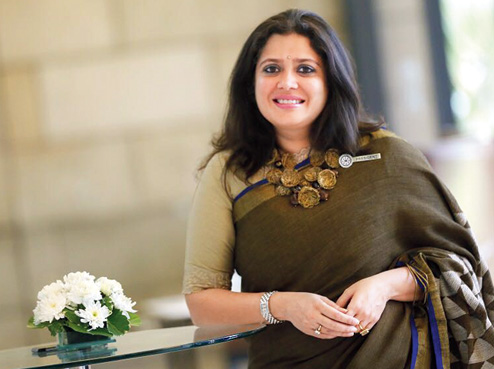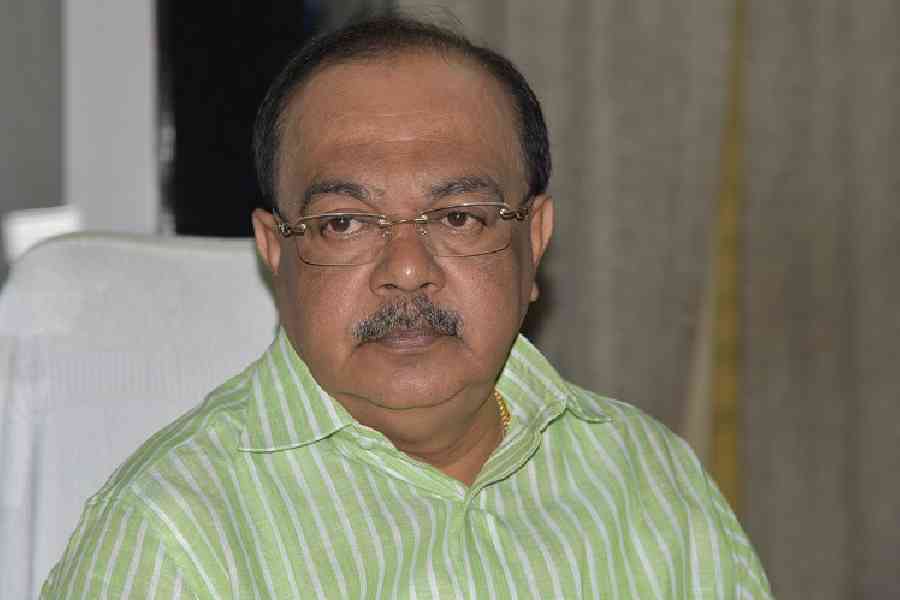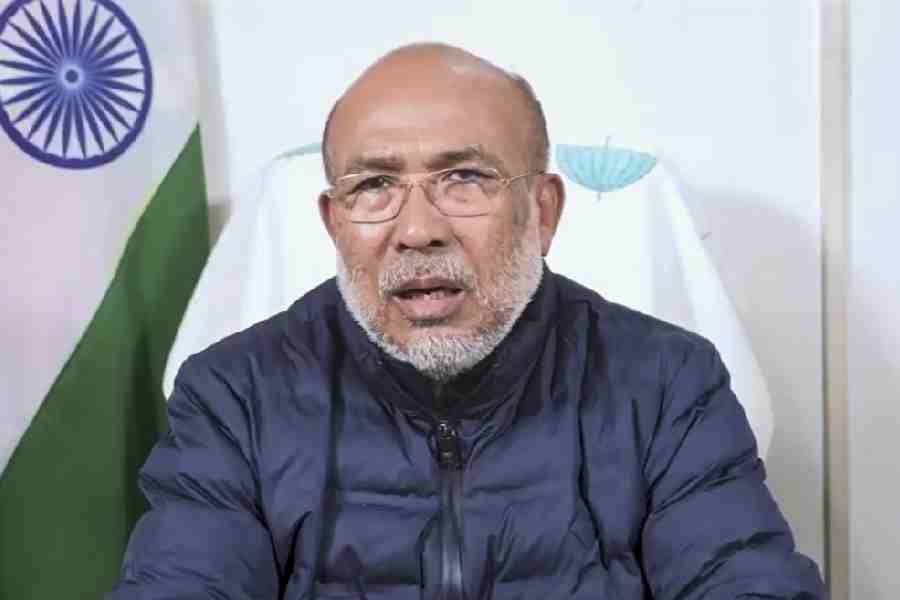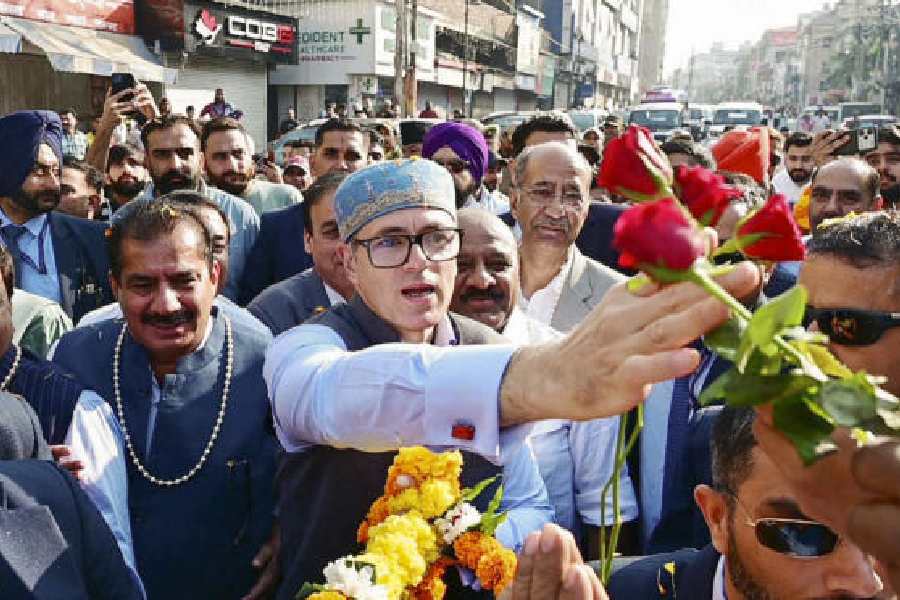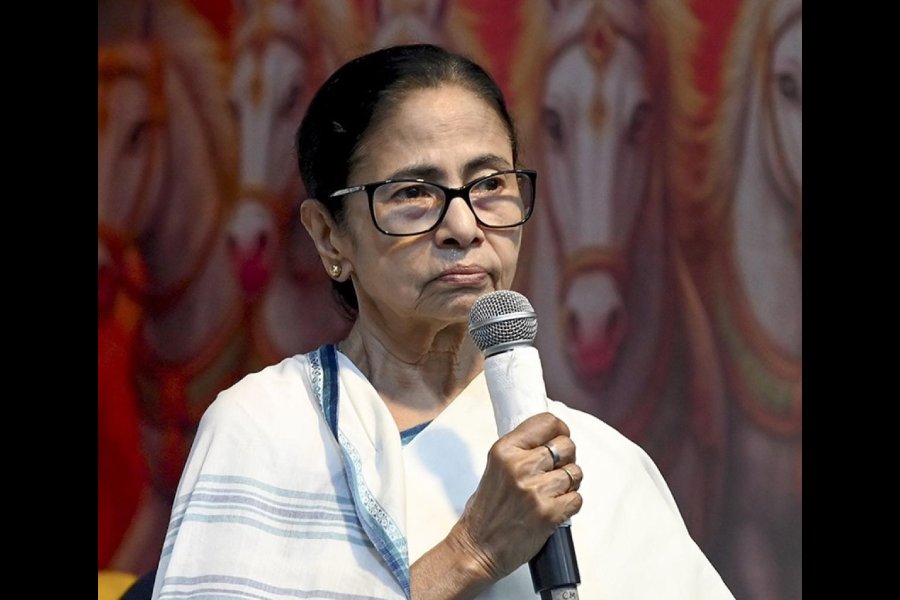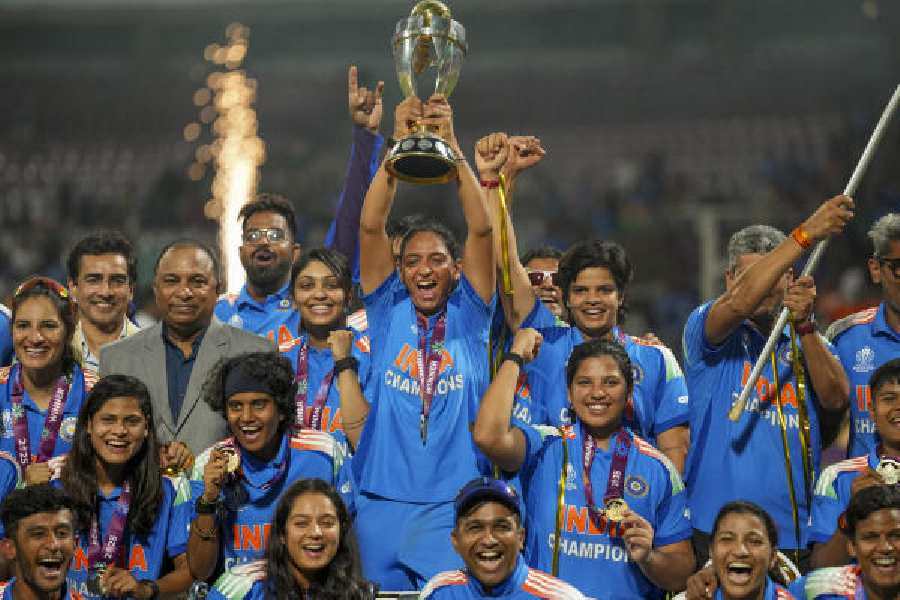 |
 |
| CAUGHT IN THE ACT: Stills showing Bollywood actors smoking |
Had there been a placard placed by the two conspirators, it would have read: “Men at Work”. They sit in a room wall-papered with posters that speak of death and talk about the logistics of an impending meeting. And then, when the last goodbyes have been said, consumer activist Shri Ram Khanna remembers one final point on the agenda. “By the way,” he says, “we have to do something about those coffee people. They’ve got hookahs in their restaurants.”
To anybody else, this would have seemed like a non-sequitur. But not to Bejon Mishra, chairman of the New Delhi-based Consumer Coordination Council, who quickly starts to verbally pen a protest letter to the owners of a coffee shop chain. The young go there for coffee, but Khanna, who heads a consumer group called VOICE, is worried that they may be lured into smoking. “No, we have to stop this,” says Mishra.
On the wall behind him, the Marlboro Man is riding into the sunset on his horse. “Bob, I’ve got cancer,” he says. Nearly every bit of the wall in Mishra’s New Delhi office sports an anti-tobacco slogan. “Live life King-Size, and die a slow and painful death,” says one.
Clearly, the battle against tobacco ? which, health experts hold, kills about 80,000 to 90,000 people in India every year ? is being carefully planned. Out on the streets of Delhi, with people lighting up in public places, there are few signs to show that a law is in place to combat the use of tobacco. But in some circles ? offices of health and consumer experts, for instance ? the war is on.
There’s reason for concern. The anti-tobacco lobby is happy with the government’s resolve to impose a ban on smoking in cinema from January 1, 2006, but is worried about a backlash from the industry. Already, Hindi film director Mahesh Bhatt has moved court to say that the government’s proposal violates his fundamental right to freedom of speech and expression.
For India’s small but determined anti-tobacco-wallahs, the battle is an uphill one. But a few committed groups here and there have been taking on the mighty tobacco industry.
“India has surprised us all by taking a very strong position at the FCTC,” says Mishra, referring to the international Framework Convention on Tobacco Control that has been seeking to control tobacco use. “The Indian government has been lobbying hard to counter attempts by the tobacco industry to water down global measures against tobacco use,” says Mishra.
The tobacco industry, however, continues to believe that it has a major role to play in India’s economy. “Tobacco is an extremely important commercial crop,” says Udayan Lall, director of the New Delhi-based Tobacco Institute of India. He argues that tobacco provides a livelihood to 36 million people, adds Rs 7,000 crore to the country’s excise revenues and earns Rs 1,360 crore as foreign exchange. On the other hand, as cardiologist K. Sreenath Reddy of the All India Institute of Medical Sciences stresses, tobacco kills. Every year, about five million people die because of tobacco. India is the third largest producer of tobacco in the world (700 million kg last year) and is its second largest consumer.
And among the consumers, the experts warn, are the very young. “Most young adults start on tobacco before they are 18, but we know of children as young as 10 who use tobacco,” says Monika Arora, the head of a New Delhi-based anti-tobacco youth organisation called Hriday-Shaan.
And this is why, the anti-tobacco experts hold, the role of cinema cannot be undermined. A World Health Organisation study commissioned two years ago looks at how cinema portrays smoking, and the effect that it has on the youth. About 76 per cent of the films surveyed portray smoking. Shah Rukh Khan has the most number of scenes with a cigarette in hand, but the other popular heroes ? from Aamir Khan and Sanjay Dutt to Vivek Oberoi and John Abraham ? have all been shown with the stick.
The heroes, the survey shows, smoke in all kinds of situations ? when they are relaxed, tense or rebellious. “The depiction of smoking as a rebel activity has remained constant,” the survey, called ‘Bollywood: Victim or Ally’, says. “But increasingly, smoking is being associated with attitudes of ‘independence’ and ‘self-assertion’,” it says.
There is a growing feeling among anti-tobacco activists that cinema is focusing on smoking without any strong thematic reasons. “I just saw a Hindi film where they had a very long close shot of a Marlboro packet,” says Mishra. One of the new big-time hits ? Bunty aur Babli ? shows Amitabh Bachchan smoking.
To spread the word on the ban, the government is now writing to state chief secretaries about what the ban entails. “The government is doing nothing fantastic, nor anything new,” says Union health secretary P.K. Hota. “We are not a crack-pot government; we are just following a global trend,” he says.
But for a government that was often seen as being sanguine on the issue of tobacco, there has been a lot of activity in the last few years. When Atal Bihari Vajpayee was the Prime Minister, 25,000 signatures were sent to him demanding legislation. Pressure from domestic and global health groups, a receptive health ministry and an active Supreme Court led to the Cigarette and Other Tobacco Products (Prohibition of Advertisement and Regulation of Trade and Commerce Production, Supply and Distribution) Act, 2003, which came into effect on May 1 lastyear.
Under the law, prominently advertised in newspapers this week, smoking is prohibited in public places and restaurants have to earmark non-smoking areas. Cigarette packets will soon have to carry a warning about the dangers of tobacco use ?with graphic pictures of death and illnesses ? on half the packet.
Right now, pictures of another kind have been egging people to smoke. “I started smoking after I saw Shah Rukh Khan with a cigarette,” says a school student from Himachal Pradesh. “Whom do I see to stop?”
In the days to come, it could be just the packet.

